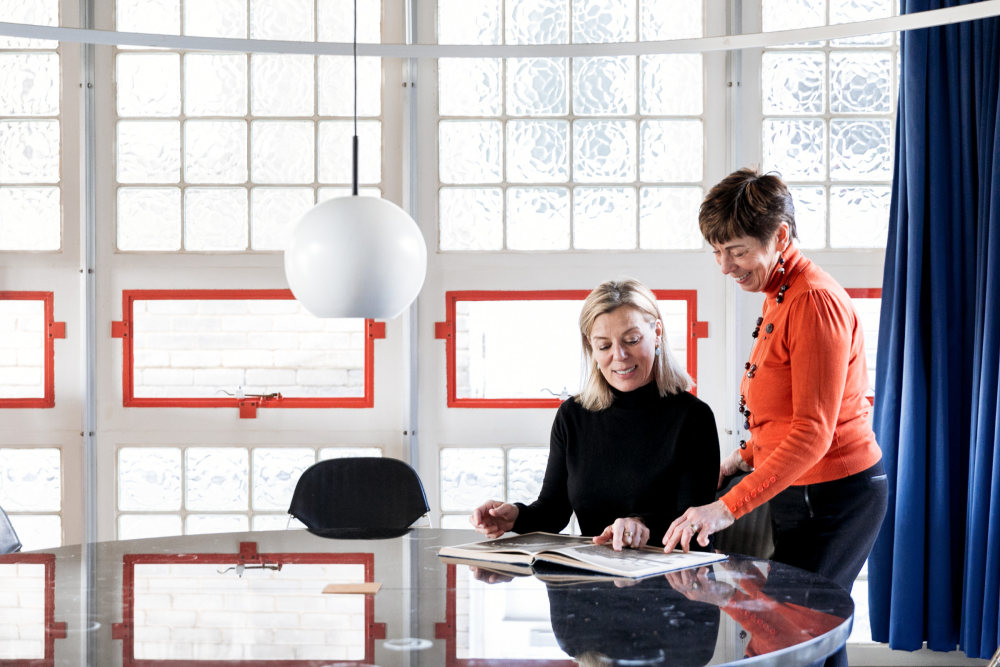 Tess and Beth Housden at the large circular dining table, which was designed by Brian Housden
Tess and Beth Housden at the large circular dining table, which was designed by Brian Housden
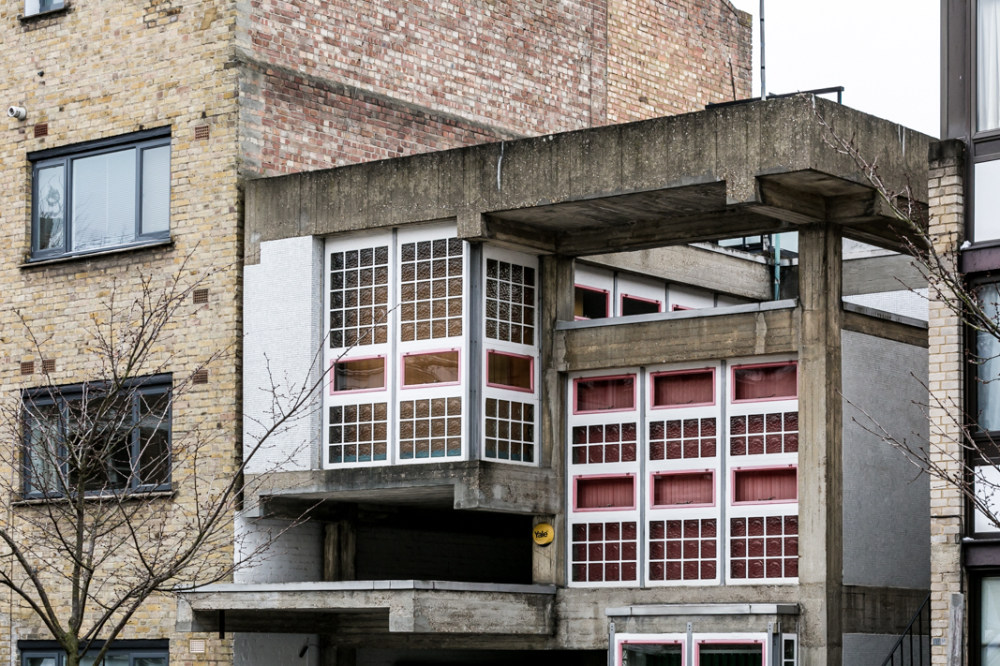 The concrete exterior of the house, as seen from South Hill Park
The concrete exterior of the house, as seen from South Hill Park
 Brian Housden at home, circa 1980
Brian Housden at home, circa 1980
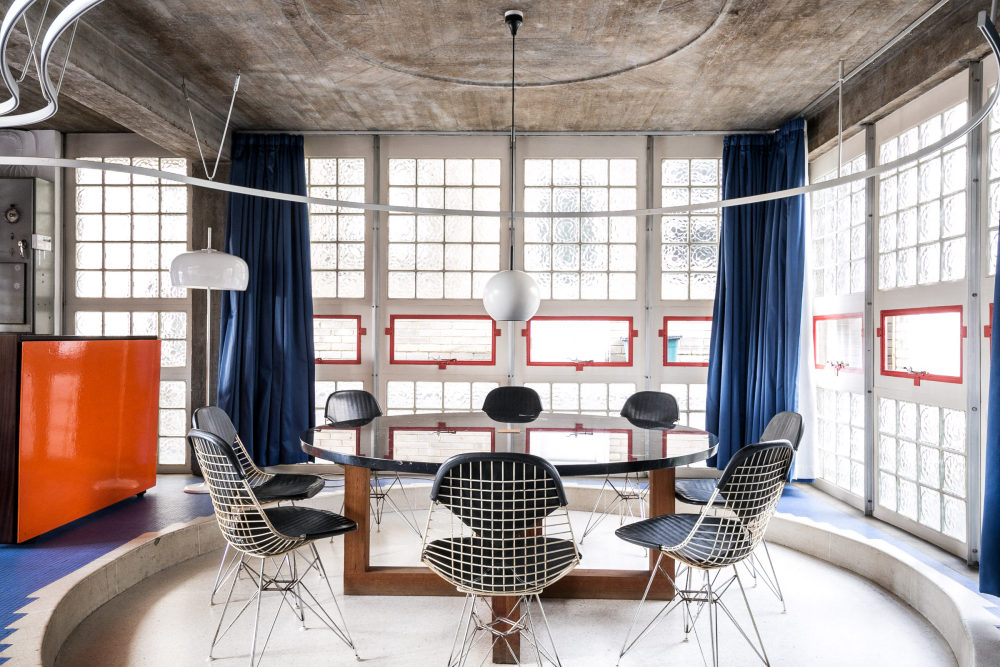 The large dining table with wrap-around curtain rail
The large dining table with wrap-around curtain rail
 Laying the upper floors, circa 1963
Laying the upper floors, circa 1963
 Beth Housden in the kitchen, which her father made himself
Beth Housden in the kitchen, which her father made himself
 A feature in the Guardian, October 2000
A feature in the Guardian, October 2000
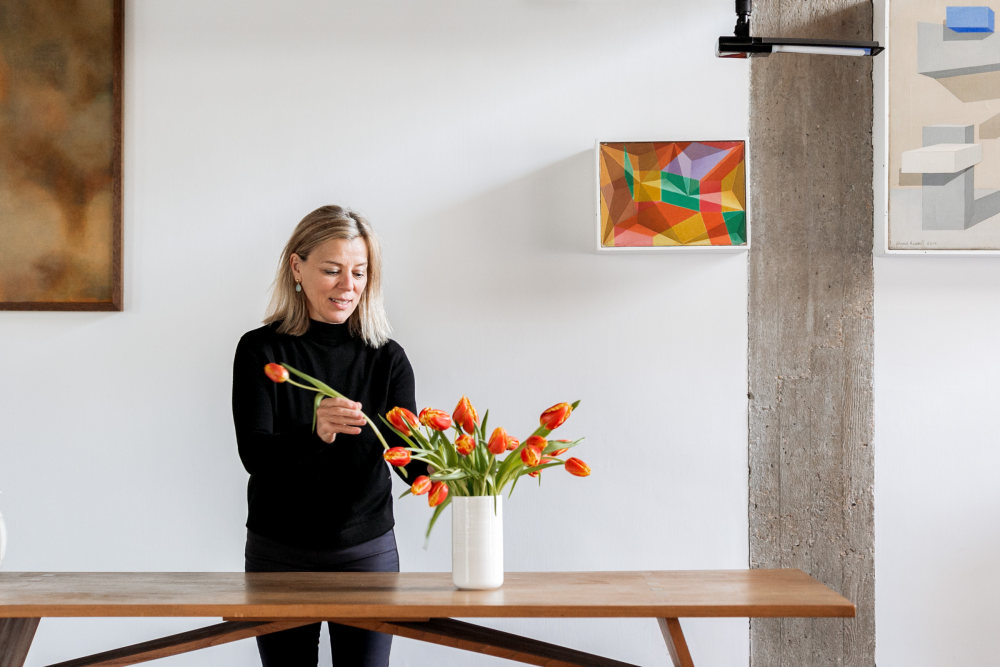 Tess Housden arranging flowers in the open-plan living area
Tess Housden arranging flowers in the open-plan living area
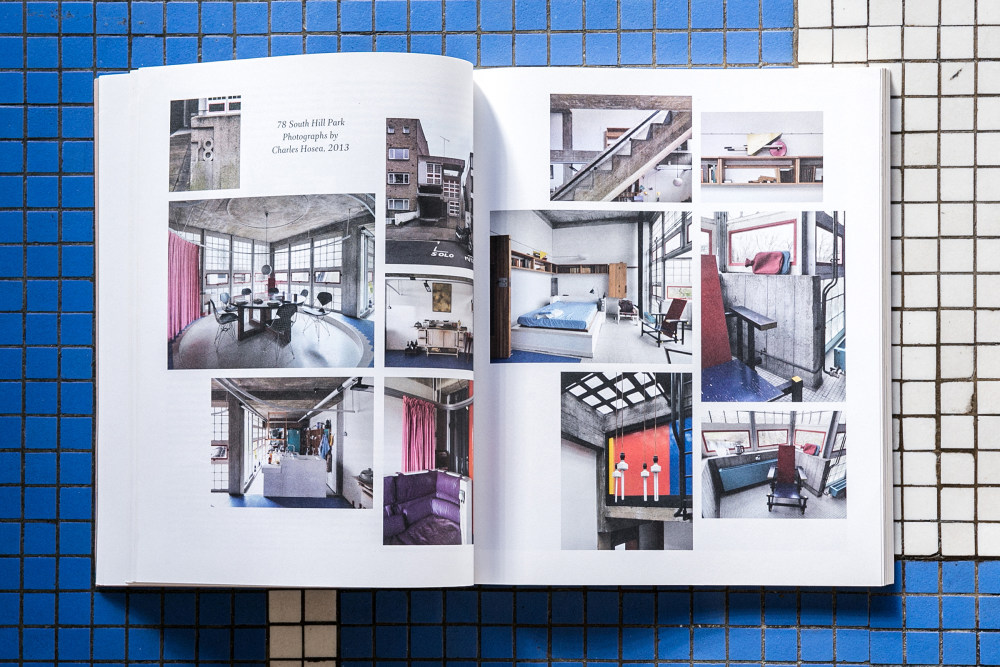 'The Curious Case of Brian Housden' by Tom Brooks, published in the AA Files, 2013
'The Curious Case of Brian Housden' by Tom Brooks, published in the AA Files, 2013
 The downstairs open-plan living area
The downstairs open-plan living area
 The influence of Mondrian is clearly felt in the top-floor hallway
The influence of Mondrian is clearly felt in the top-floor hallway
Our ‘Open House’ series sees us meet the owners of some of our most extraordinary houses ahead of their sale. Here, Beth and Tess Housden invite us in for a personal insight into Housden House, which their father, architect Brian Housden, designed in Hampstead using cues from early European Modernist architecture.
Beth: “I remember coming here while it was still just a plot of land. We approached it from the Heath and my dad pointed it out saying, ‘That’s where I am going to build a house.’
“For my dad, this house was his dream realised. It was like his baby. He would ask our mum things like, ‘What sort of oven would you like in the kitchen?’, even though he had already made up his mind. Mum loved it too though, as much as he did.
The original plan for the Housden House was for something much more typically modern. But then our parents visited the Rietveld Schröder House in Utrecht and dad was encouraged to alter and enhance his design.
They also commissioned Gerrit Rietveld furniture, which started a collection that developed over years. Dad visited Madam Dalsace at her home in Paris, The Maison de Verre, and this magnificent house also inspired his design.
Tess: “It was a very unorthodox design. The planning officer granted permission for Housden House on his last day before retirement – as his departing mark!
“Not that my dad was too bothered about regulations. He was quite eccentric in his way, he just went ahead with what he wanted to do.
“He didn’t have a lot of money while he was building it, so the build started and stopped all the time. Slowly doors, shelving and cabinets were added over a period of years.
“He did a City & Guilds course in woodworking and bought a machine in order to make the furniture himself. It took a long time, and it was definitely a labour of love.
“When we first moved here, when I was a baby, we slept in camp beds under the stairs.”
Beth: “There was scaffolding all over the building, so it was like one big climbing frame.
Tess: “All the kids on the street would come over. We used to run through the house and then jump from the terrace onto the sand that was being used for the build. It was like a giant playground; our friends really liked it.”
Beth: “Yes, and they were intrigued. It was the sixties so everything was just beginning to be a bit different.
Tess: “But I’m not sure they really appreciated it as a different type of house. It was just a bit weird to them. Even our own appreciation of it as a piece of architecture didn’t develop until much later.
Beth: “I think it’s made me more aware of buildings. I notice different things about them and how they might have been constructed, and I think about space and how it’s used.
Tess: “It didn’t make me want to be an architect. But I think if you grow up in an environment that is different from most people’s, it has an influence on how you look at and think about things like art and architecture.
“I’ll miss the space and the view. It was great growing up next to the Heath. Weve had great parties here. The space is perfect for entertaining.
“Any sort of celebration has been great here because it’s a nice place to fill with people. Christmases were especially enjoyable, and we used to have all the neighbours over for Bonfire Night. We’ve had a lot of joyous times here.
Beth: “I always say it’s a great summer house. You can leave the windows open, and feel the through-breeze on a hot summer day; it’s lovely.”
Tess: “It’s always been a bit of an open house for people who are interested. Dad used to give tours to architectural students and people who had seen the house from the Heath and would knock on the front door, asking to look around.
“He approached English Heritage in 2002. He was always encouraged by his contemporaries to get the house listed because they thought it was a very important piece of architecture. It wasn’t listed until 2014, however, two days before he died. It’s his legacy.
ArchitectureInterviewsOpen House- 转载自:The Modern House
- 语言:English
- 阅读原文
|

 发表于 2020-8-4 04:31:59
发表于 2020-8-4 04:31:59























